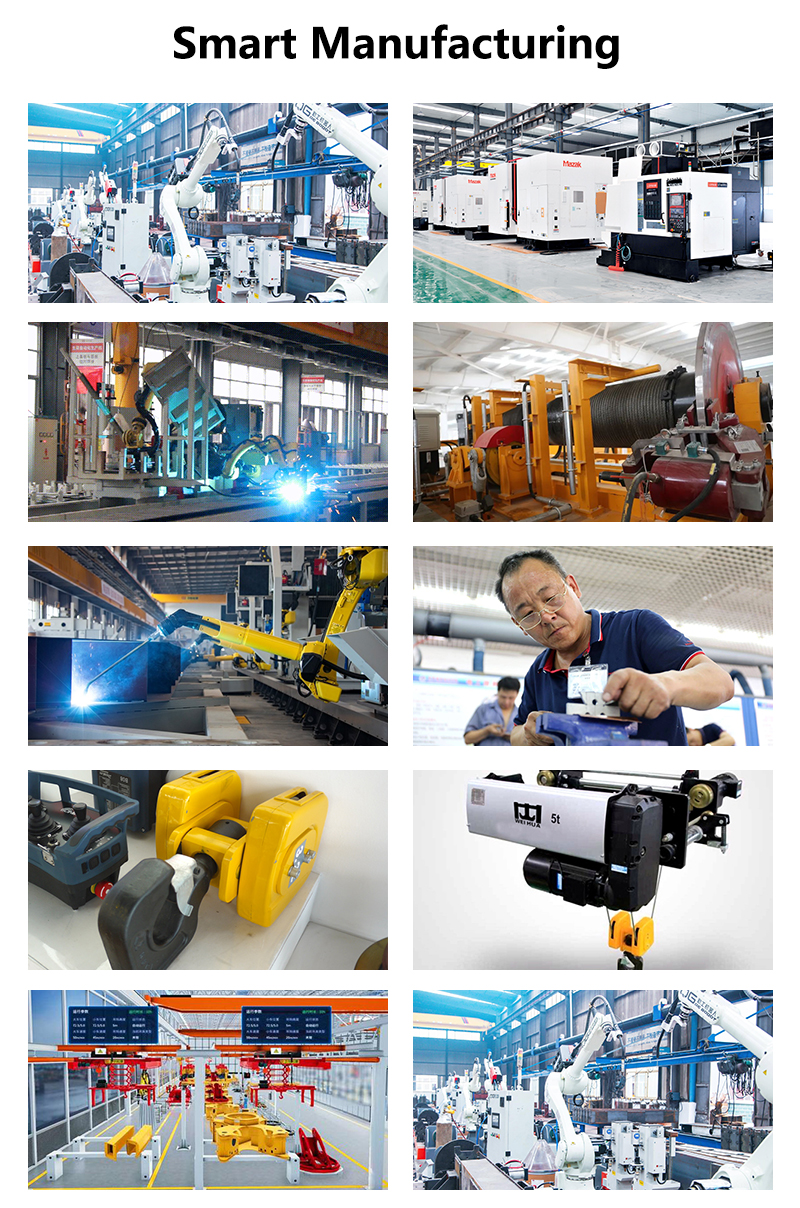什么是限位开关以及为什么需要调整?
An electric hoist limit switch is an automatic control device that cuts power to the motor when the hook or load block reaches a predetermined upper or lower limit. Its primary jobs are to:
- 1. Prevent Over-Travel: It stops the hook from crashing into the hoist body (upper limit) or from over-spooling the wire rope off the drum (lower limit).
- 2. Protect the Load and Equipment: By preventing mechanical extremes, it protects the hoist from damage and the load from being dropped or compromised.
- 3. Enhance Safety: It is a fundamental safeguard against catastrophic failure, protecting personnel from injury.
随着时间的推移, due to regular use, rope stretch, or even a new installation, these limits can drift out of alignment. This is where your electric hoist limit switch adjustment tool comes in.
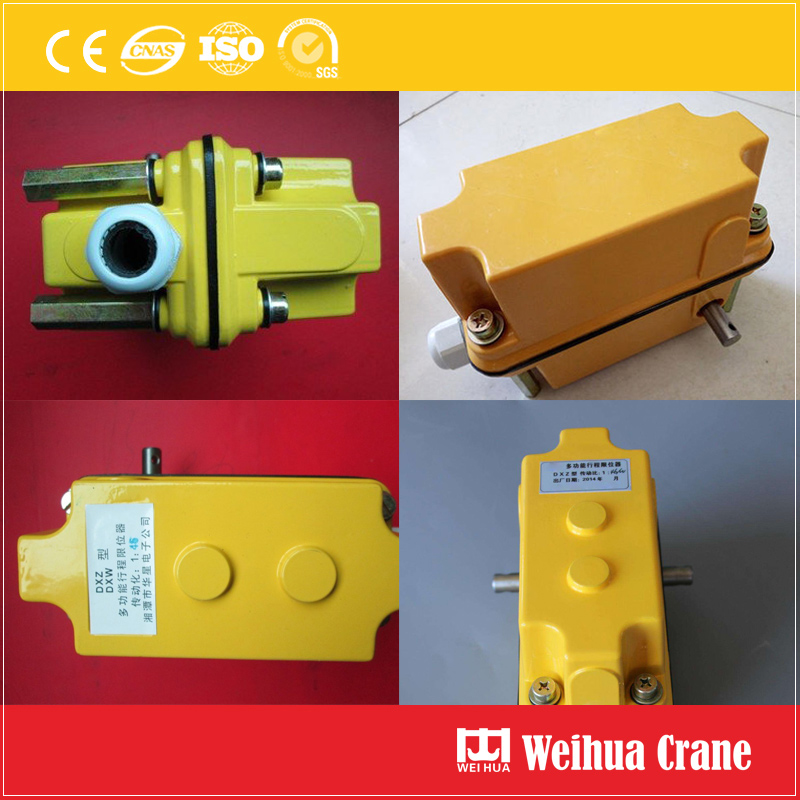
The Role of the Specialized Adjustment Tool
You might be tempted to use a standard screwdriver or a pair of pliers. Resist that urge. The adjustment tool is specifically designed for this precise task for several reasons:
- 1. Precision Fit: The tool is engineered to fit perfectly into the adjustment mechanism (often a small screw or dial located in a tight space on the hoist). Using an ill-fitting tool can strip the head, making future adjustments difficult or impossible.
- 2. Safety Compliance: Manufacturers design specific tools for their hoists. Using the correct tool ensures you are following OEM guidelines, maintaining the hoist’s warranty, and upholding safety standards.
- 3. Calibration Marks: Some professional adjustment tools come with markings or are designed to allow for precise, incremental turns, enabling accurate calibration.
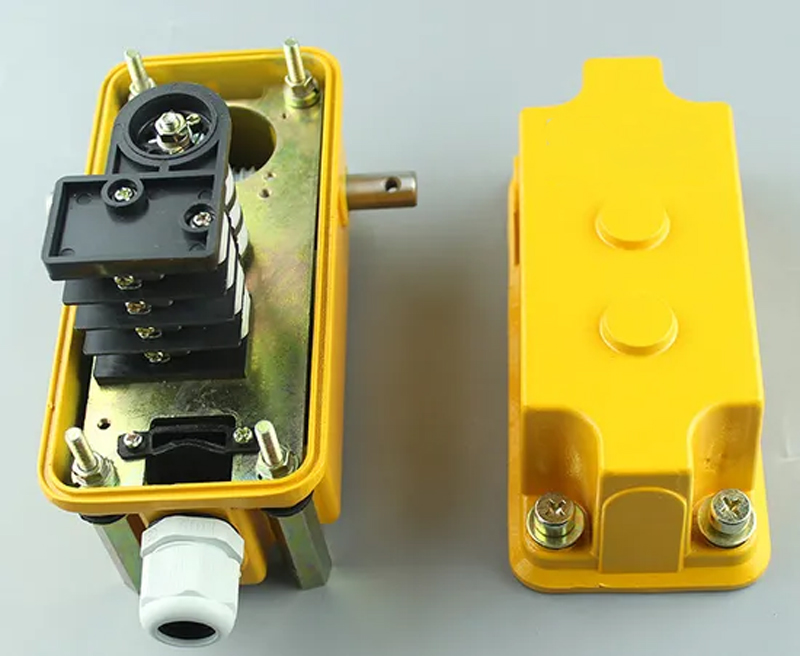
How to Use an Electric Hoist Limit Switch Adjustment Tool (General Guide)
Warning: Always refer to your hoist’s user manual for specific instructions. Lock out and tag out the hoist’s power source before performing any maintenance or adjustment.
- 1. Isolate the Power: Disconnect the hoist from all power sources. This is the most critical safety step.
- 2. Locate the Limit Switch: Find the limit switch assembly on your hoist. It’s often near the wire rope drum.
- 3. Identify the Adjustment Point: Find the upper and lower limit adjustment screws or dials. They are usually clearly marked “UP” and “DOWN.”
- 4. Use the Correct Tool: Insert your hoist limit switch adjustment tool securely into the adjustment screw.
- 5. Test and Adjust:
- Re-energize the hoist for testing purposes only, ensuring no one is under the load and the area is clear.
- Slowly run the hook up until it triggers the upper limit and stops. Note its position.
- Isolate power again. If the hook stopped too early or too late, use the tool to make a small, quarter-turn adjustment to the “UP” screw (typically clockwise to lower the stopping point, counter-clockwise to raise it).
- Repeat the process for the lower limit.
- 6. Final Verification: After adjustments, run the hook through a full cycle several times to ensure it stops consistently at the correct points.
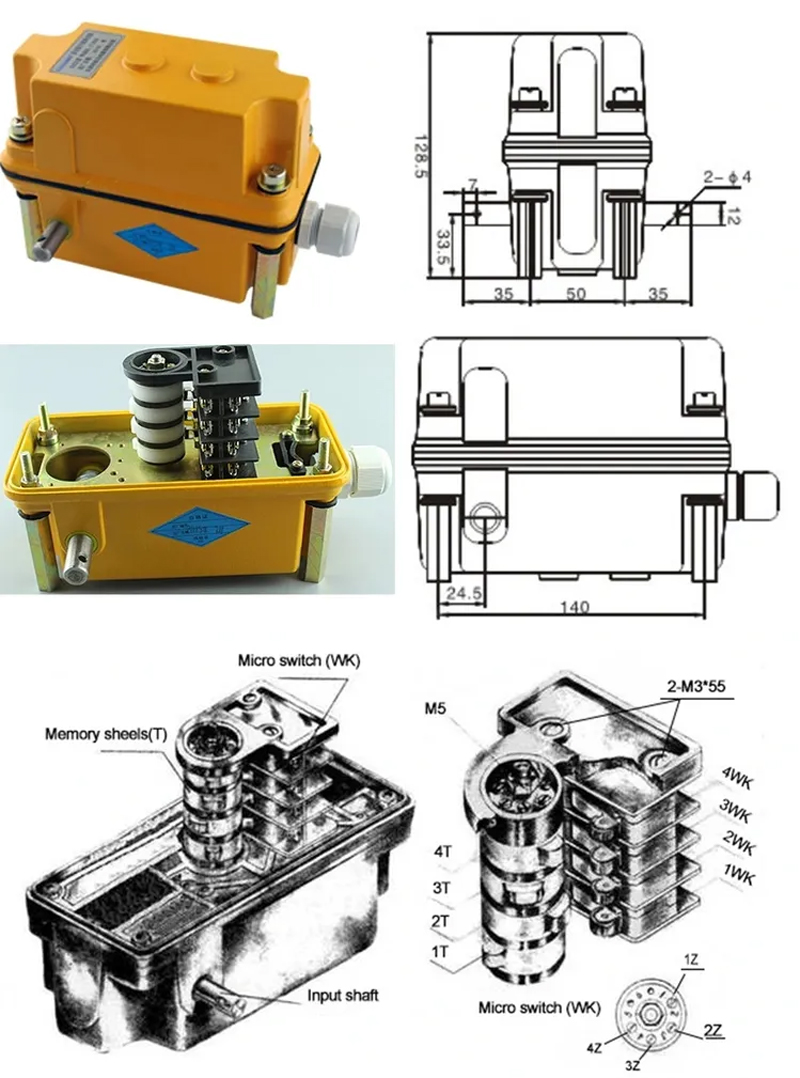
What Happens If You Don’t Use the Right Tool?
Neglecting the proper tool isn’t just an inconvenience; it’s a safety risk:
- 1. Stripped Screws: A damaged adjustment screw can make the limit switch inoperable, requiring expensive parts and downtime.
- 2. Inaccurate Settings: Slippage from an improper tool leads to inaccurate adjustments, rendering the safety feature unreliable.
- 3. Voided Warranty: Unauthorized modifications or damage caused by incorrect tools can void the hoist’s manufacturer warranty.
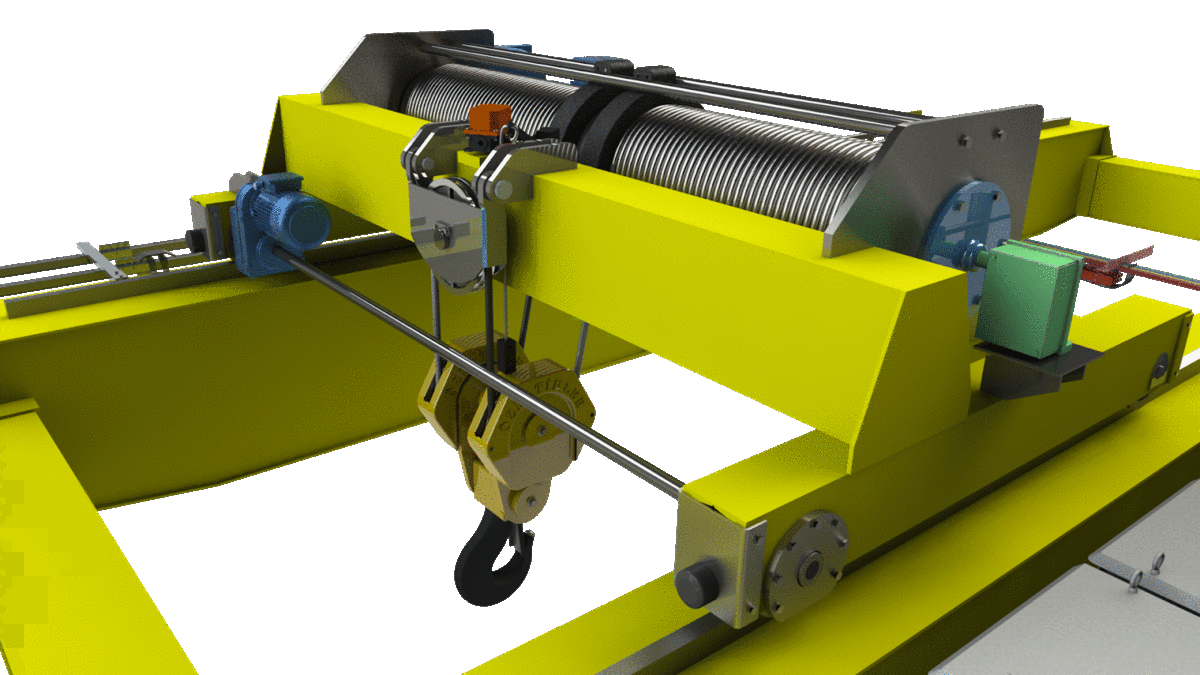
Finding the Right Tool for Your Hoist
These tools are often model-specific. The best place to start is by:
-
1. Checking the original toolkit that came with your hoist.
-
2. Contacting the hoist manufacturer or an authorized distributor.
-
3. Searching for the tool using your hoist’s make and model number.
Don’t let this small tool be the missing link in your safety chain. Investing in the correct electric hoist limit switch adjustment tool is a minor expense that guarantees you can maintain one of your hoist’s most vital safety systems. Keep it handy, use it correctly, and lift with confidence.
Applecation

